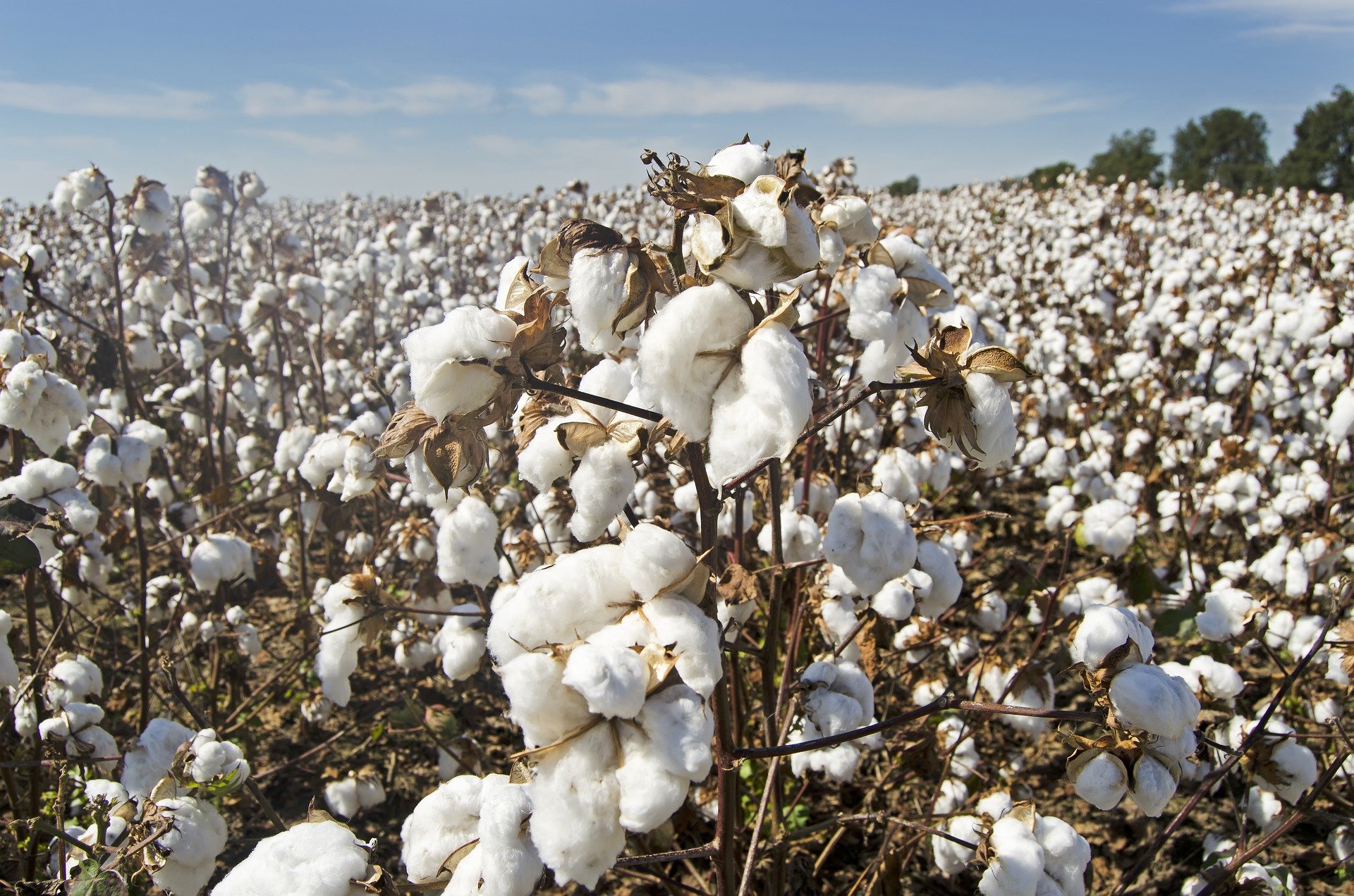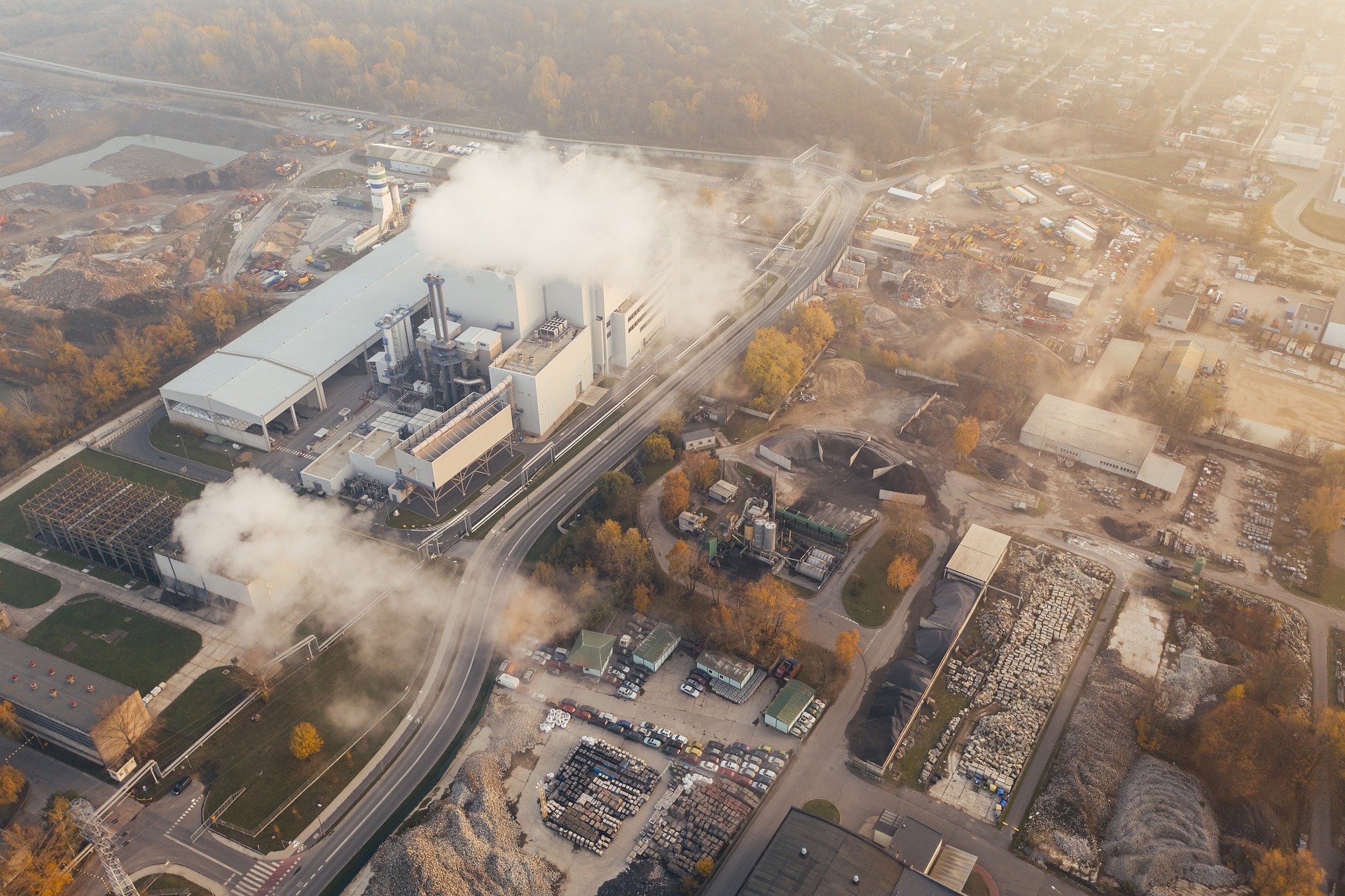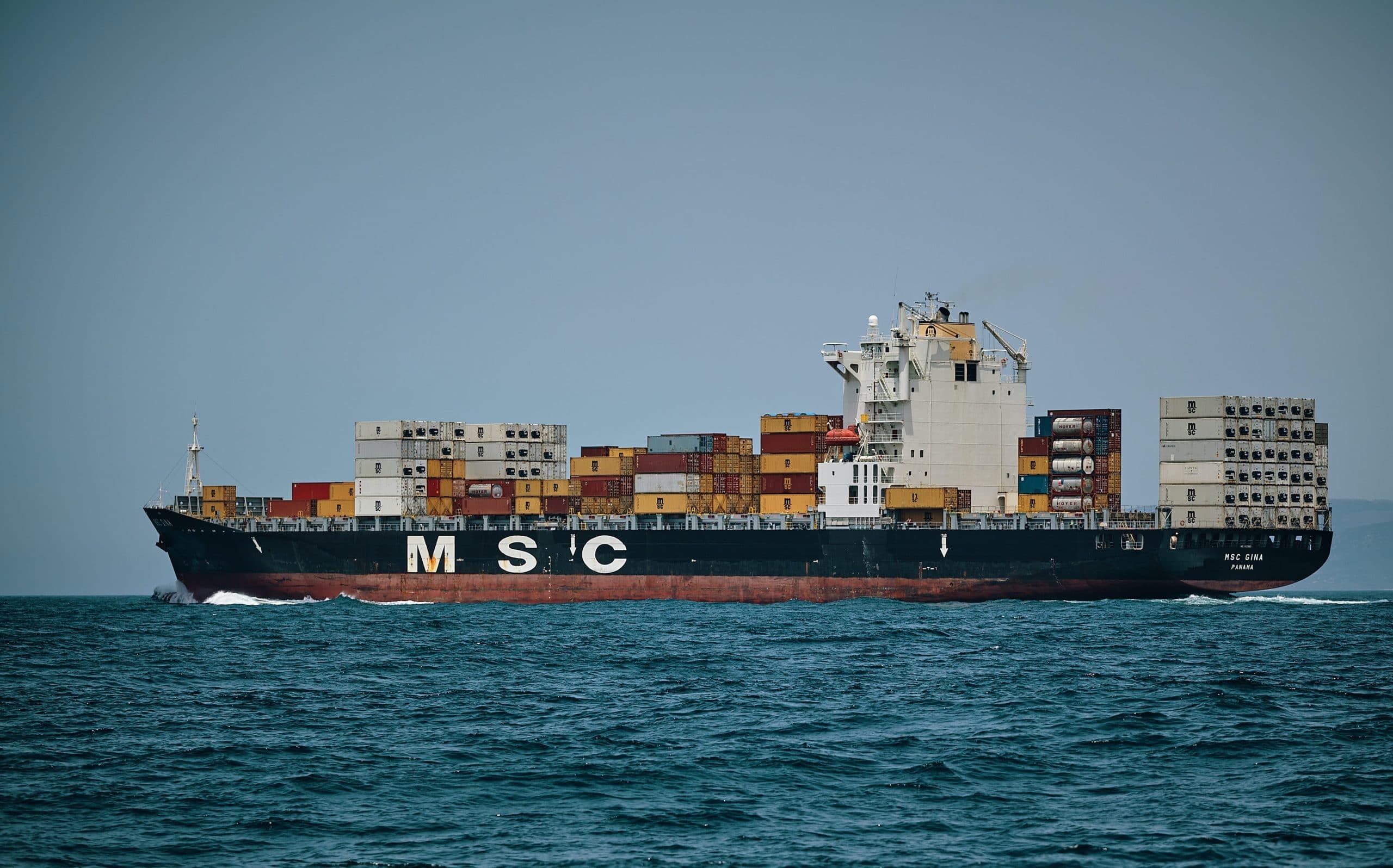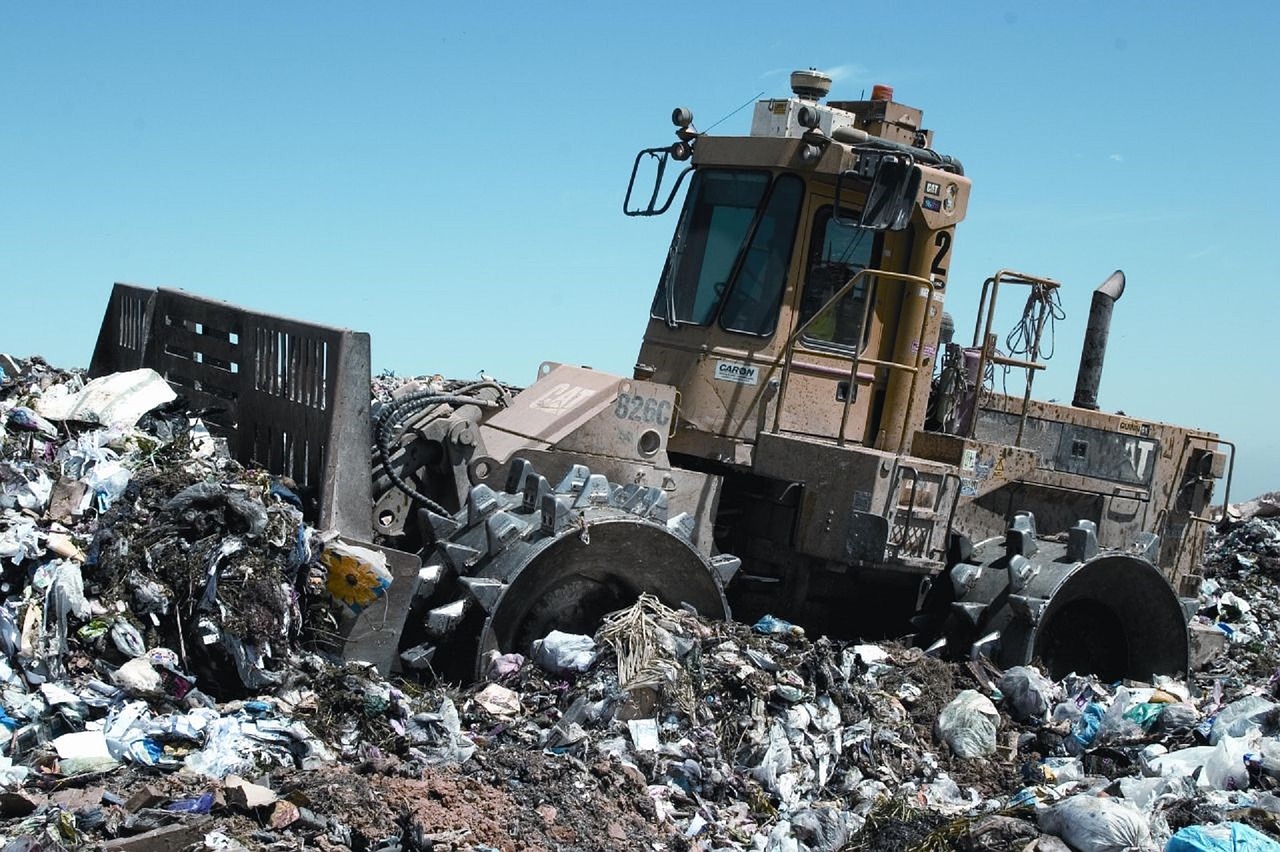Buying clothes has never been easier. The evolution of fast fashion has encouraged people to consume and throw away more clothes each year. Since 2000, clothing production has doubled, making the fashion industry responsible for 10% of humanity’s carbon emissions.
To help you understand the real environmental cost of your wardrobe, we’ve followed the journey your clothes take from overseas farms to your local shop floor.
1) Farming
It is estimated that 75% of the world’s clothes contain some cotton. Farming this material requires a vast quantity of water and pesticides. These pollutants can affect the health of the farmers and damage surrounding ecosystems. 20,000 litres of water are required to make just 1kg of cotton, and it takes 2,700 litres of water to produce one t-shirt!
2) Manufacturing
Once farmed, the cotton has to be treated with heat and chemicals before it can be turned into clothing. Azo dyes (which contain cancer-causing chemicals like cadmium, lead chromium and mercury) are also often used to colour the material.
These harsh chemicals are then released into local rivers and lakes. In fact, it’s been reported that that 20% of all industrial water pollution in China is from the dyeing and finishing of textiles.
3) Shipping
After manufacturing, the garments travel by ship, train, and truck to their final destination before being distributed to consumers. Before they have even reached the shop floor, 70% of their total carbon footprint has been generated during the production and delivery stage.
has been generated during the production and delivery stage.
4) Clothing in your homes
The environmental impact of your wardrobe doesn’t stop there! Synthetic fibres like nylon, polyester and acrylic are also found in our clothes. These tiny plastic particles break up in your washing machine, releasing up to 700,000 fibres per cycle into the water system.
 The danger? Microplastics cannot be extracted from the water, and they can spread throughout the food chain.
The danger? Microplastics cannot be extracted from the water, and they can spread throughout the food chain.
5) Waste
Our clothing is being disposed of at an unprecedented rate. The fast-fashion business model has encouraged the over-consumption of clothes, and is now generating excessive waste.
The UK based charity WRAP (The Waste and Resources Action Programme) has estimated that £140 million worth of clothing goes into landfills each year. This level of waste is enough to fill 459 Olympic-size swimming pools!
So how can we help?
? REDUCE
You can reduce the amount of clothing you buy and make use of clothes you already have. When you do need to buy new clothes, invest in staple pieces instead of buying statement items you’ll only wear once.
? REUSE
Buying clothes from second-hand shops or repurposing your clothes into something new is a great way to keep up with the latest trends. You never know, your relatives might have a piece of clothing hidden at the back of their wardrobes that is now back in fashion! There are also a number of amazing brands that allow you to rent statement pieces of clothing for special occasions.
? RECYCLE
As a last resort, if you can’t repurpose or donate your clothing, you can take them to recycling banks that find other uses for the leftover materials.
? OFFSET
Sadly, even if we take steps to shop more sustainably, our wardrobes will still leave behind some form of carbon footprint. For the environmental impact you can’t avoid making, join us in our mission to offset our carbon emissions and help tackle the climate emergency.






